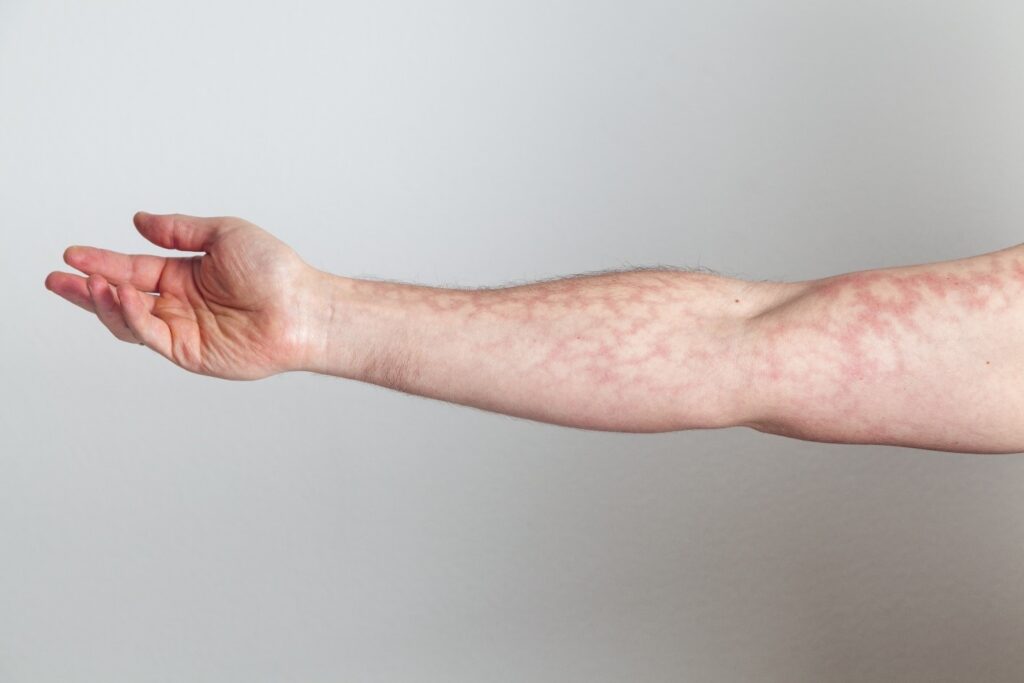How to Check for Poor Blood Circulation at Home

How to Check for Poor Blood Circulation at Home
Poor blood circulation can lead to uncomfortable symptoms and, in some cases, serious health complications. At Arizona Vein and Laser Institute in Arizona, we often see patients who discover circulation problems after experiencing common warning signs. While you’ll still need a professional evaluation, we can teach you some simple tips for how to check for poor blood circulation at home so you can stay on top of it.
Why Circulation Matters
Your circulatory system is basically the delivery service for oxygen and nutrients throughout your body. When circulation slows or becomes compromised, tissues don’t get what they need. This can cause everything from fatigue to more serious complications. Conditions like varicose veins, peripheral arterial disease (PAD), and other vascular issues can sneak up quietly, so it’s important to pay attention early.
Signs of Poor Blood Circulation You Might Notice
Before we dive into the hands-on checks, here are some poor blood circulation symptoms that often pop up:
- Cold hands or feet, even when the room is warm
- Tingling or numbness in your limbs
- Swelling in the ankles, feet, or legs
- Skin that looks pale, bluish, or blotchy
- Leg fatigue or cramps, especially after walking
Home Checks for Poor Circulation
Here are several methods you can try at home to assess your circulation:
1. Pulse Check
Your pulse is like your body’s rhythm section. Find it at your wrist or neck. If it’s weak, irregular, or harder to detect than usual, it could hint at circulation issues. Compare pulses on both sides to see if anything feels offbeat.
2. Skin Color Test
Try standing in front of a chair or couch. Elevate your legs for a minute, then lower them. Healthy circulation usually leaves your feet looking pink and lively. If your toes turn pale, bluish, or even reddish in blotches, your circulation may need a little attention.
3. Temperature Check
Cold hands or feet aren’t just annoying, but they can signal restricted blood flow. Run them under warm water and notice how long it takes to warm up. If it’s longer than you’d expect, take note.
4. Capillary Refill Test
Press on a fingernail or toenail until it turns white, then let go. Normally, color returns in about 2 seconds. Anything longer than that can be a subtle indicator that your blood isn’t moving as efficiently as it should.
5. Swelling Awareness
Check your ankles and feet at the end of the day. If swelling sticks around, it could point to venous insufficiency. Bonus: keeping a little log over a week helps you see patterns you might otherwise miss.
6. Pay Attention to Sensations
Tingling, numbness, or cramps are your body’s way of waving a flag. Don’t ignore those signals, especially if they appear during short walks or light activity.
How Circulation Affects Daily Life
You might not realize it, but poor circulation can sneak into everyday routines in ways you might not immediately connect to your veins. Simple things like climbing stairs, standing in line, or even keeping up with errands can feel more tiring than they should. Some people notice they bruise more easily, their skin heals more slowly, or their legs just feel “heavy” by the end of the day.
Paying attention to these subtle cues can be just as important as the more obvious symptoms. Think of it as listening to your body’s whispers before they turn into shouts. Small adjustments like taking a quick walk after lunch, elevating your legs while reading emails, or adding a few minutes of light stretching can make a noticeable difference over time.
Lifestyle Habits That Support Healthy Circulation
Checking for circulation issues is only one piece of the puzzle. Lifestyle tweaks can make a huge difference. Try to:
- Move Regularly – Even a 10-minute walk counts
- Maintain a Healthy Weight – Extra pounds put more strain on veins and arteries.
- Change Positions Often – Sitting or standing too long can slow blood flow. Stretch, shift, or pace when possible.
- Elevate Your Legs – After a long day, prop them up to help your veins out.
- Stay Hydrated and Eat Well – Water and balanced nutrition give your circulatory system the fuel it needs.
When to Call in the Pros
Home checks are great for catching early warning signs, but they’re not a replacement for professional evaluation. If you notice persistent poor blood circulation symptoms, it’s worth getting a thorough look. At Arizona Vein and Laser Institute, we use tools like vascular ultrasound to see exactly how blood is moving and figure out the best next steps, whether that’s varicose vein treatment, EVLT, sclerotherapy, or even vascular surgery. Early intervention can prevent complications.
Get a Circulation Check Today
Now that you know how to check for poor blood circulation, do a couple of these tests. If you think you could have poor circulation, schedule a consultation at Arizona Vein and Laser Institute. Our experts specialize in diagnosing and treating circulation problems, from varicose veins to vascular surgery.
*Last Updated on 10/16/2025
